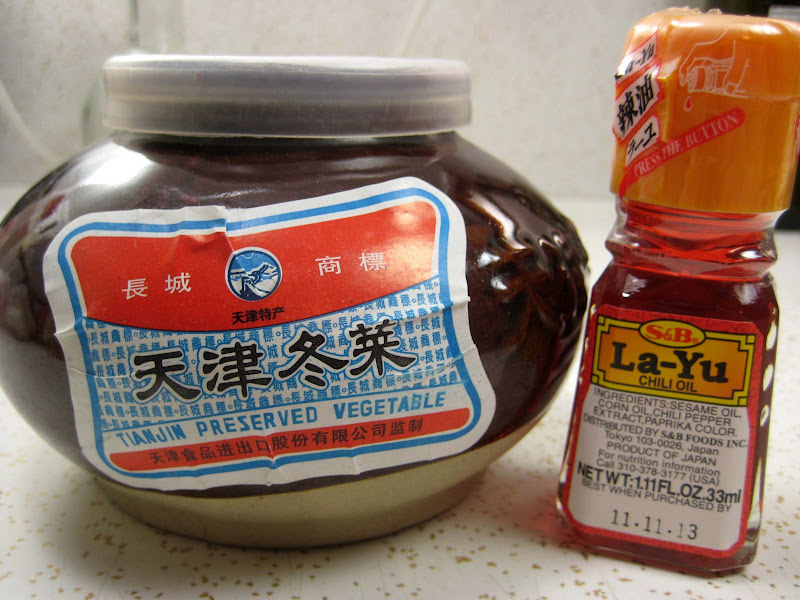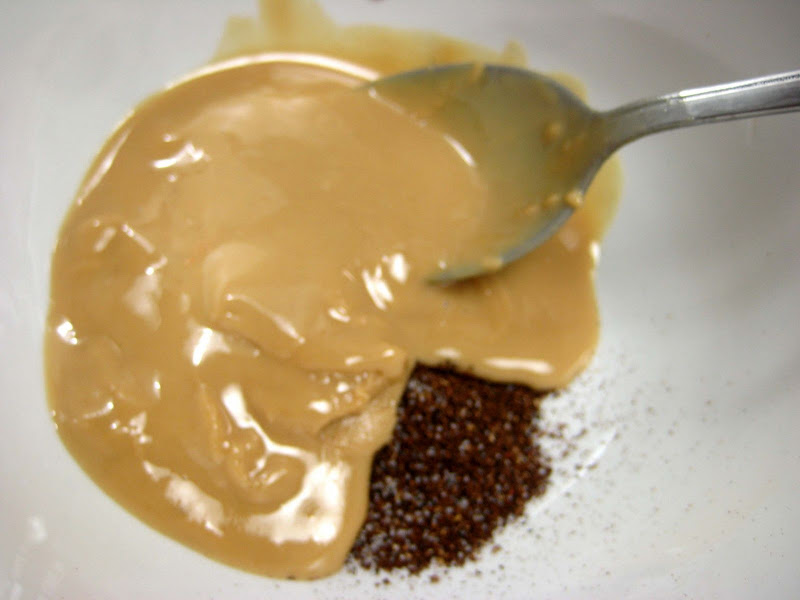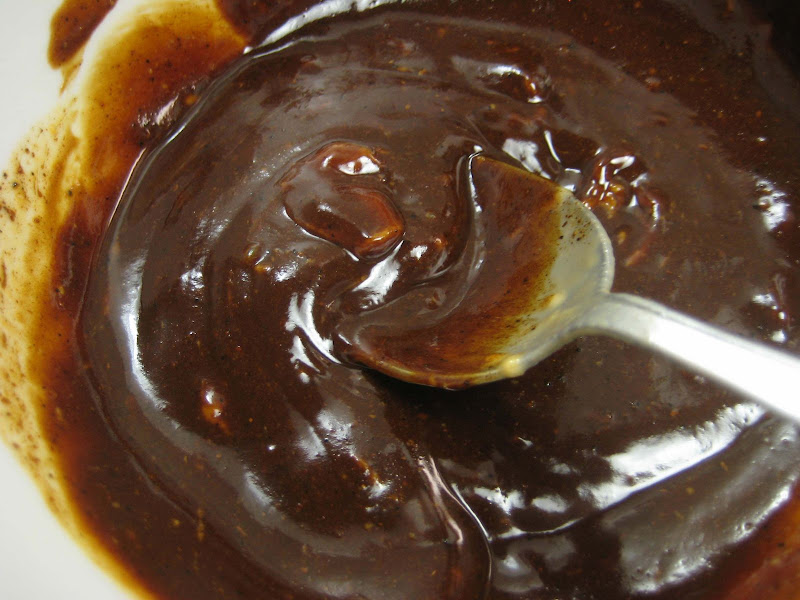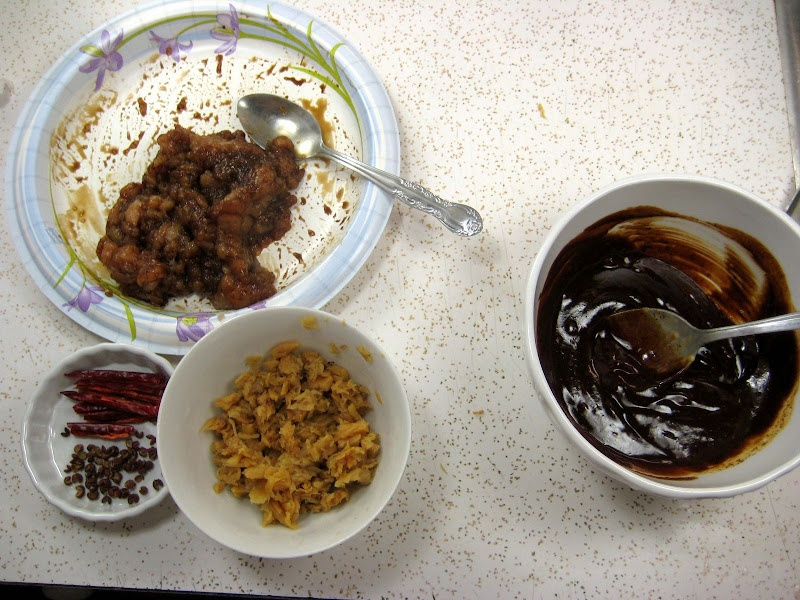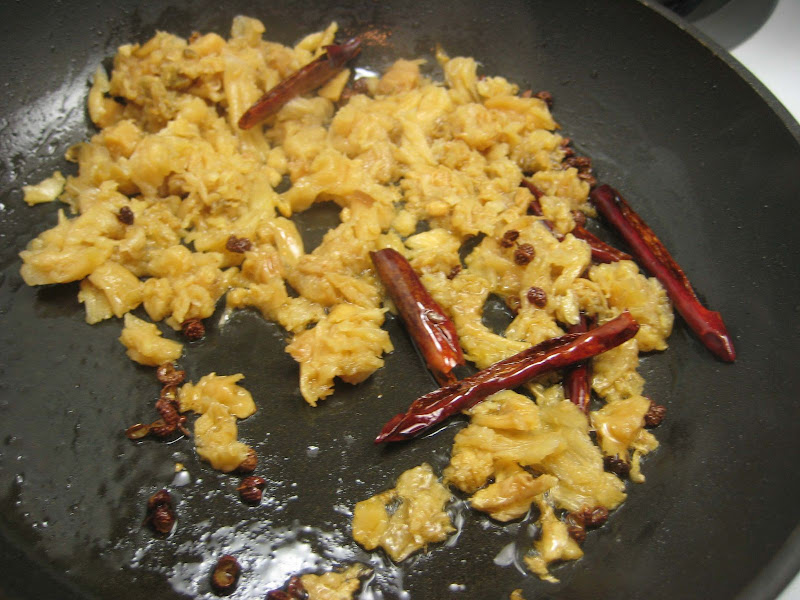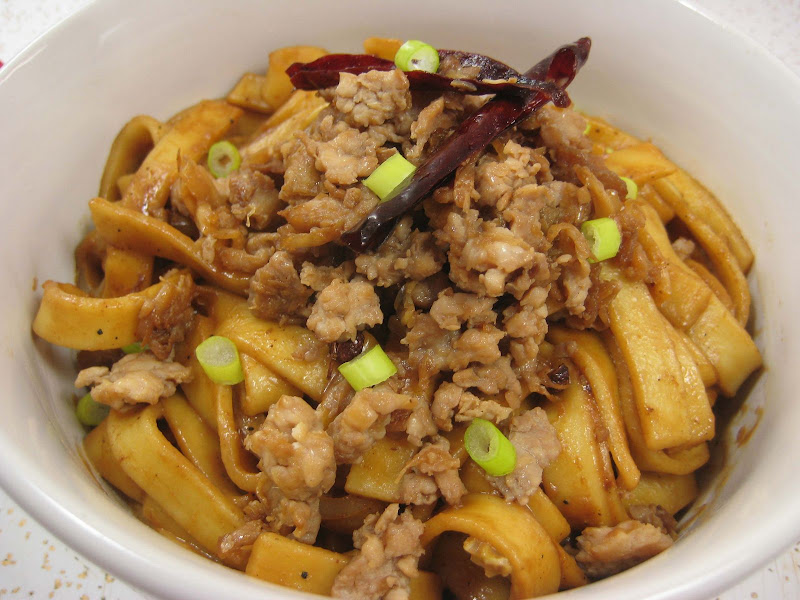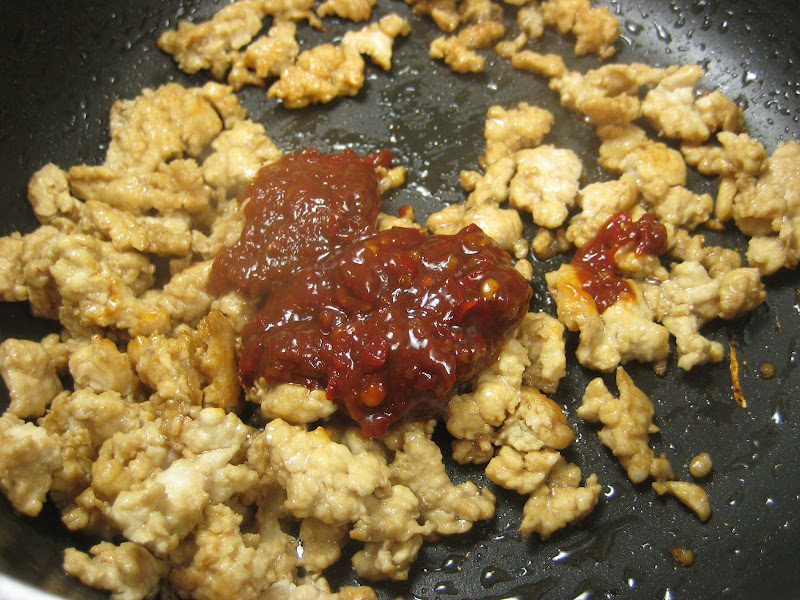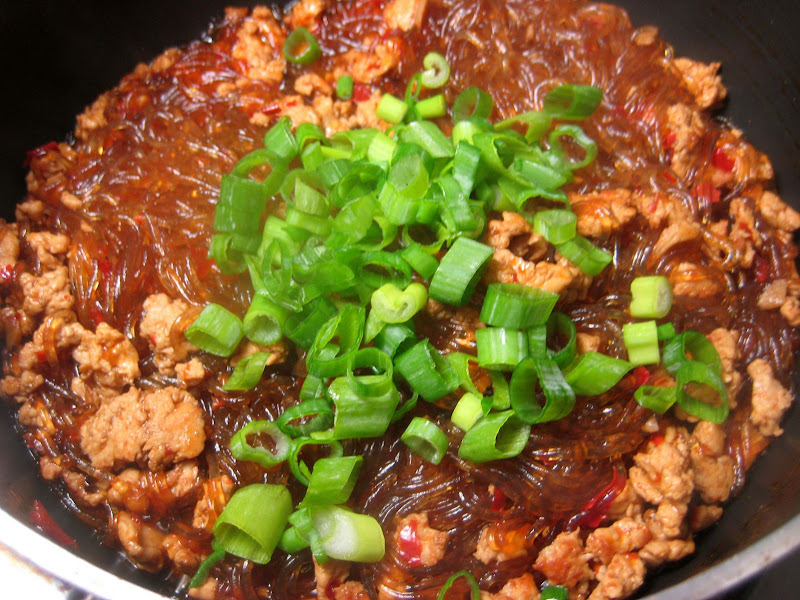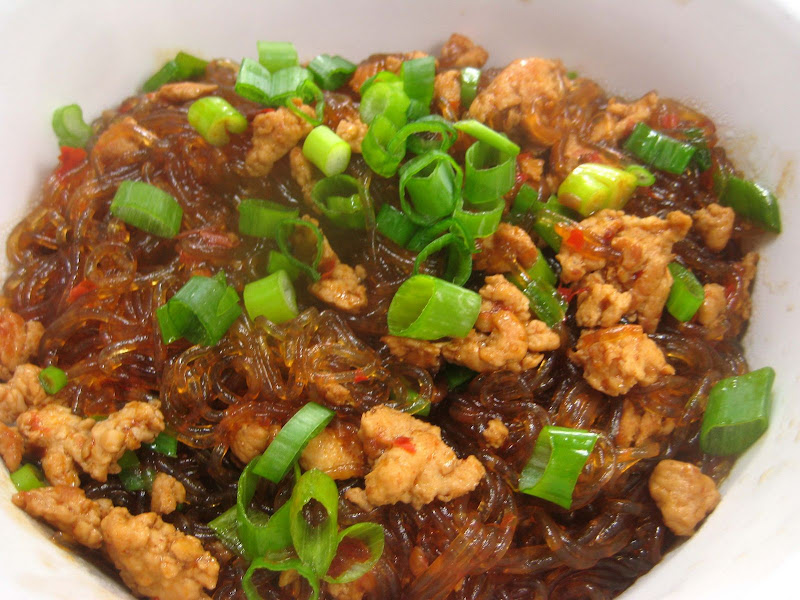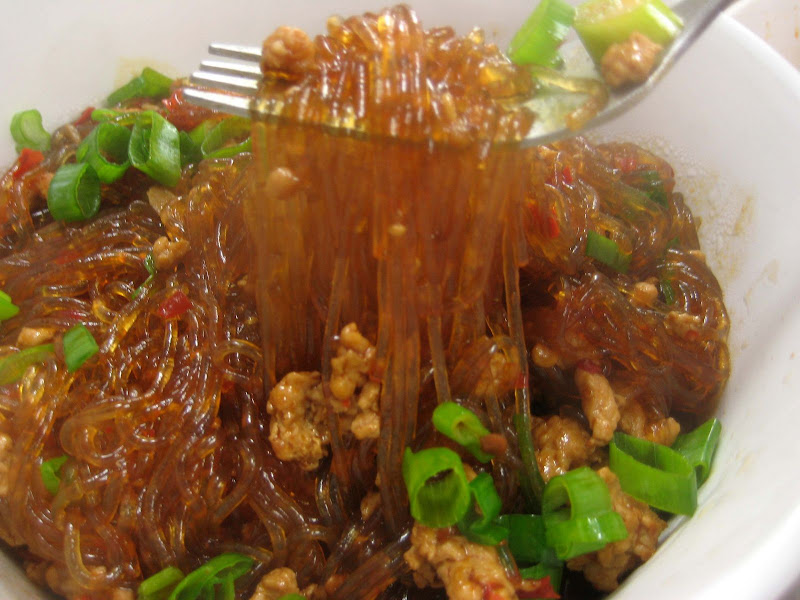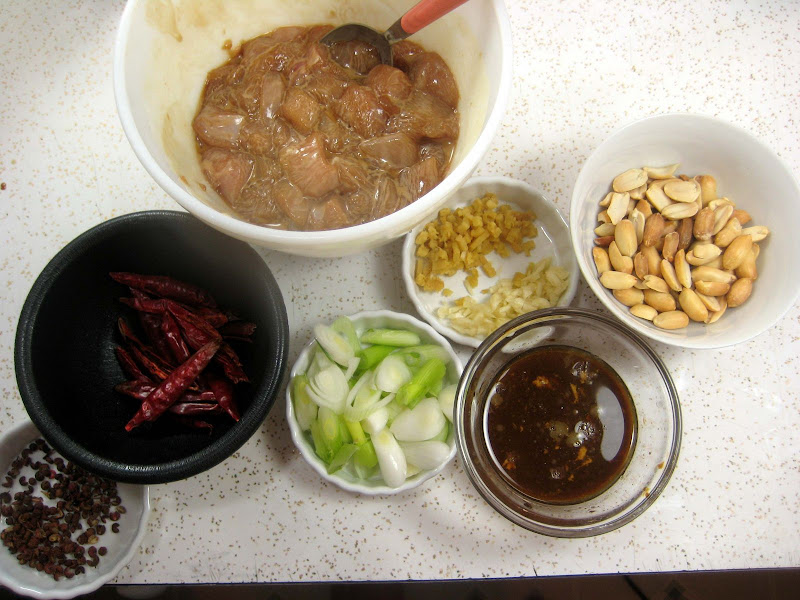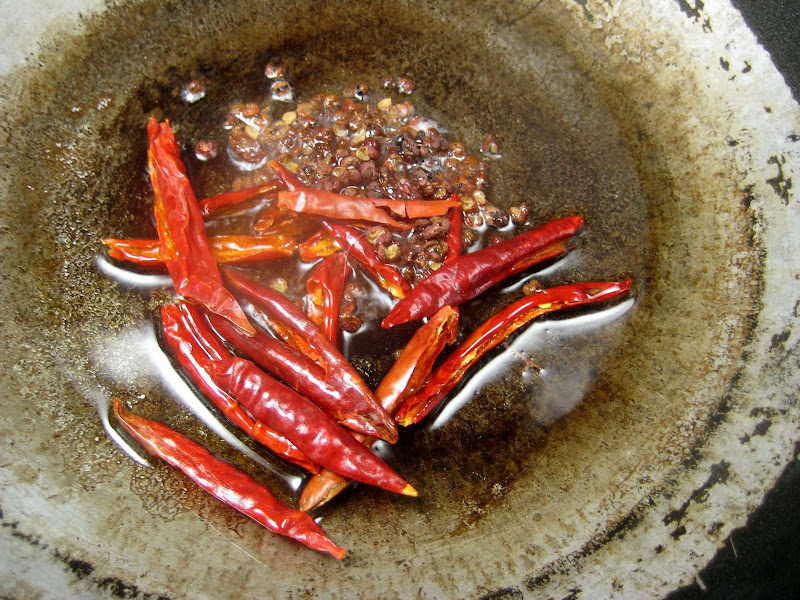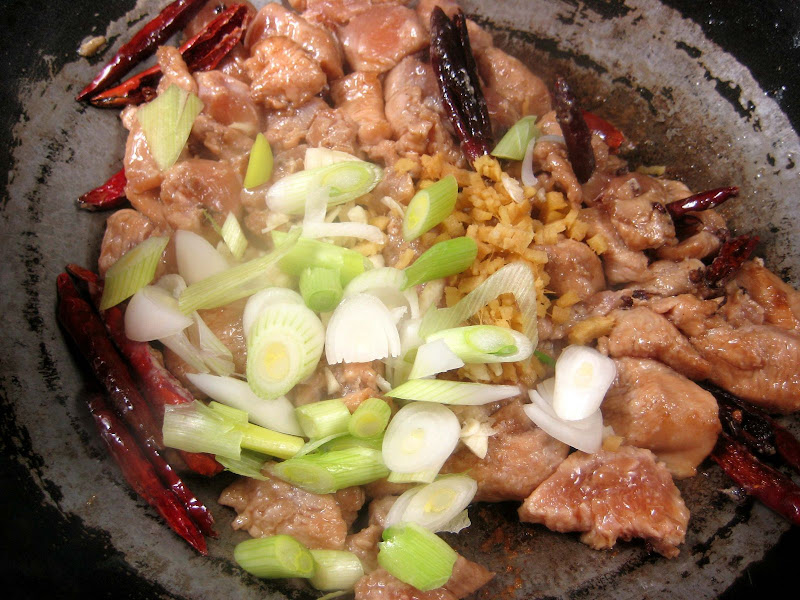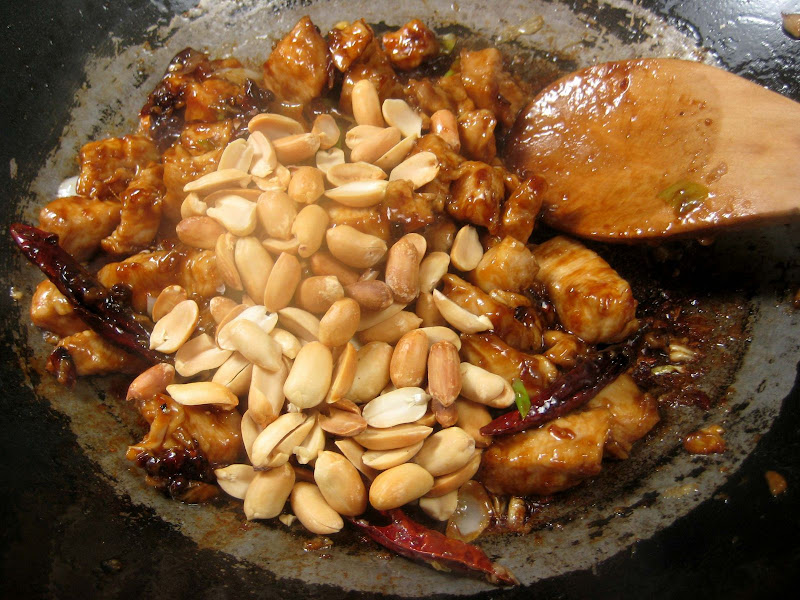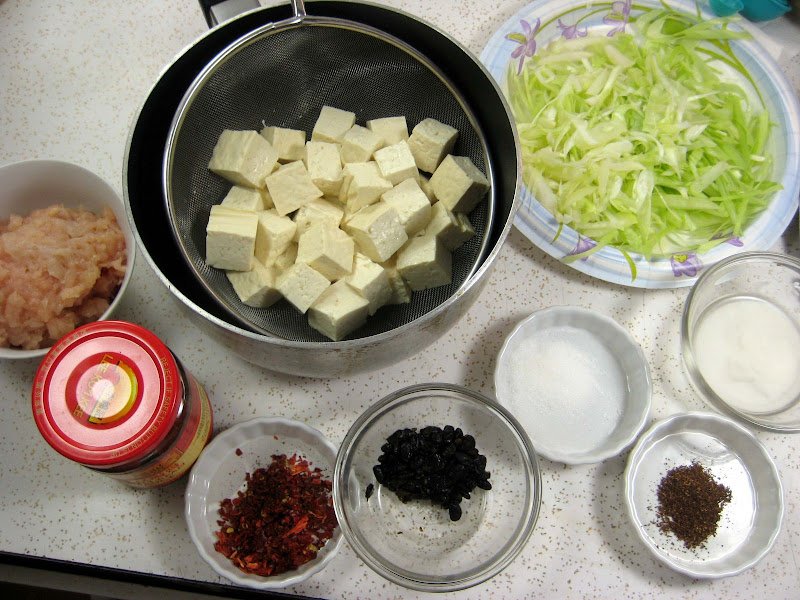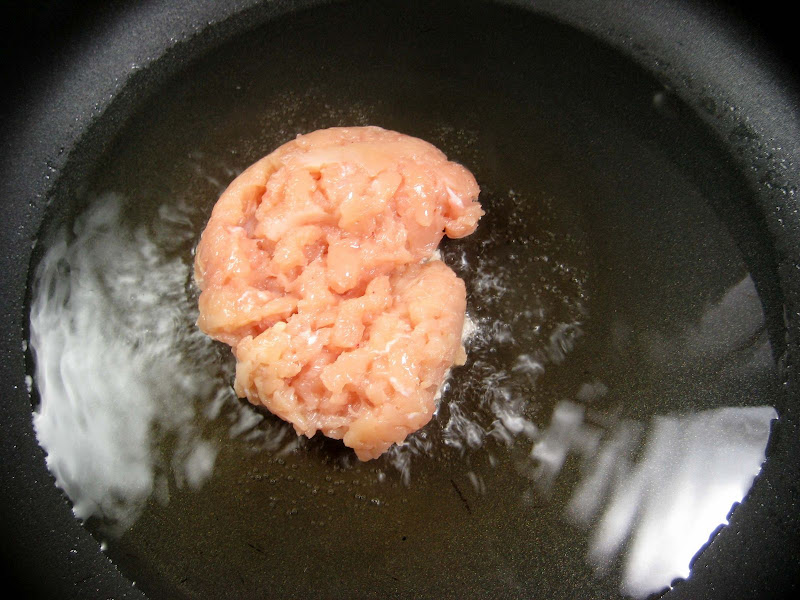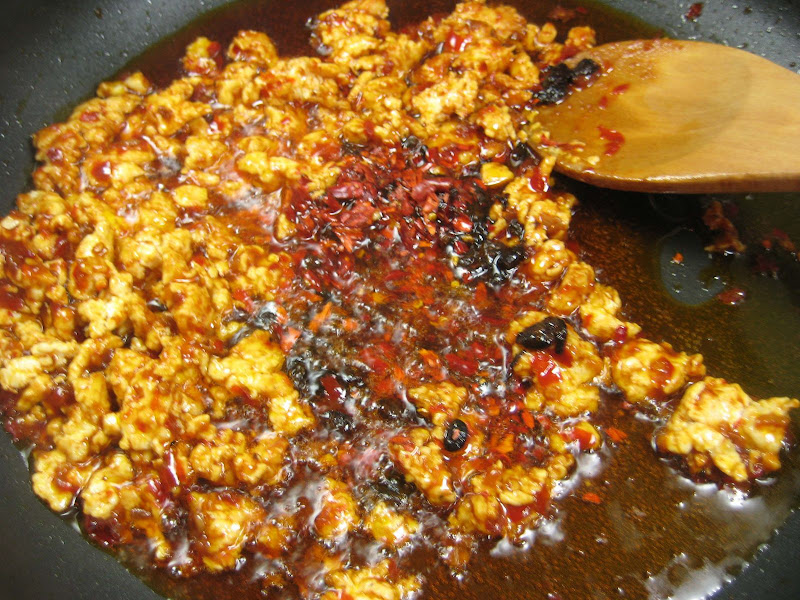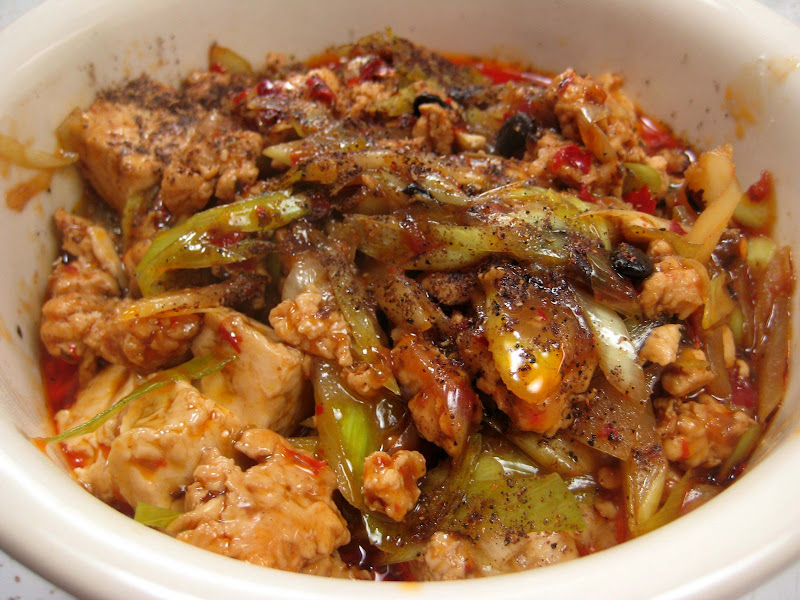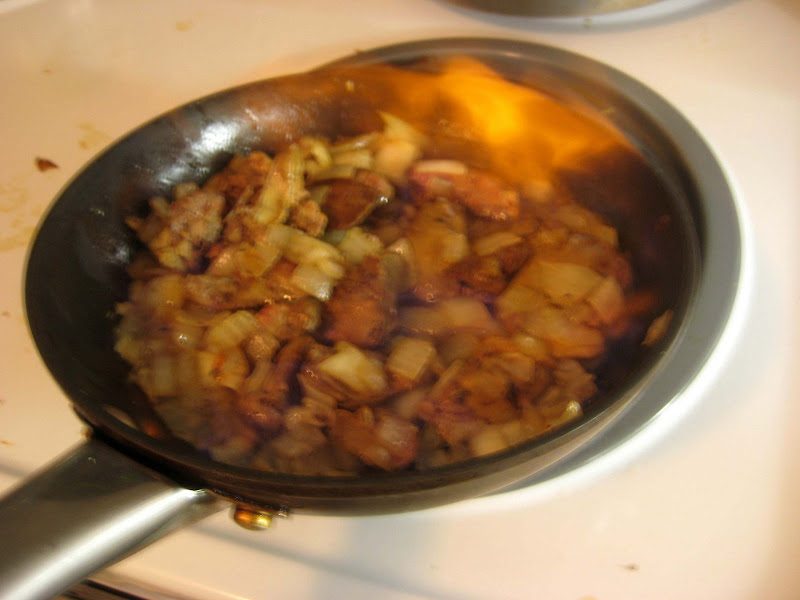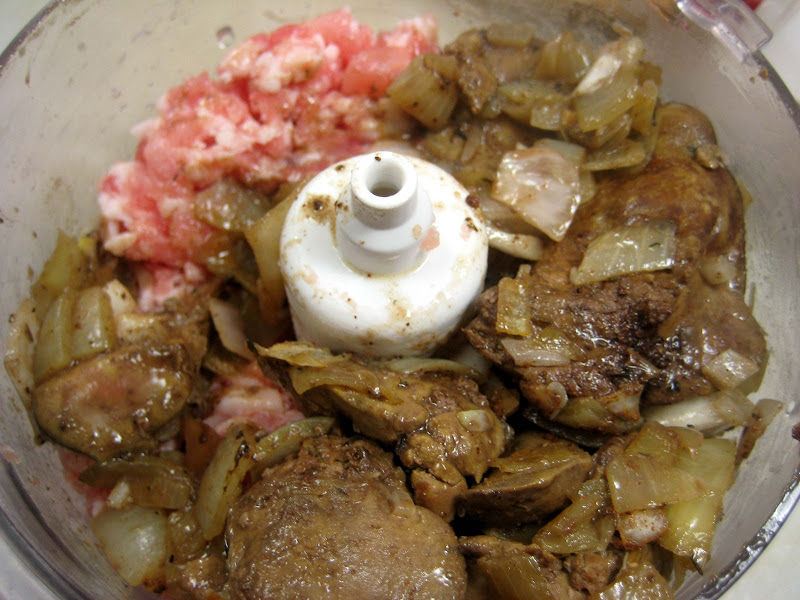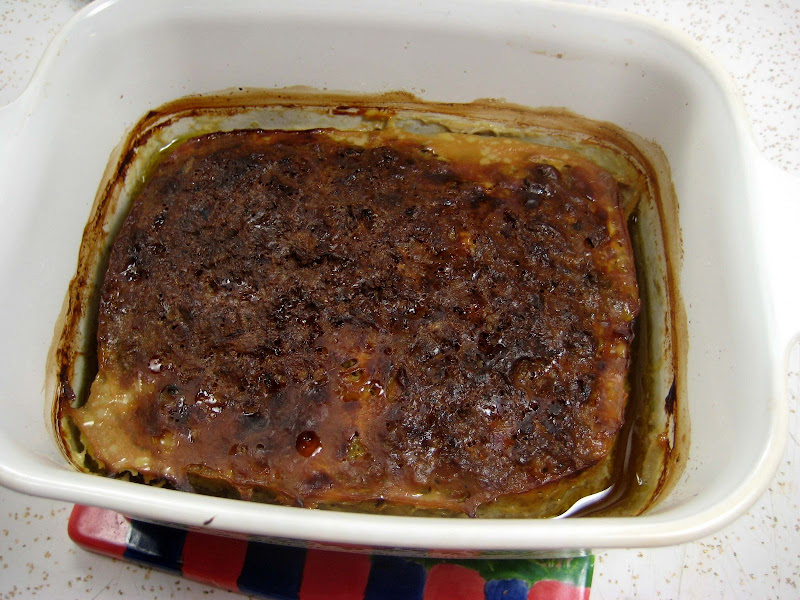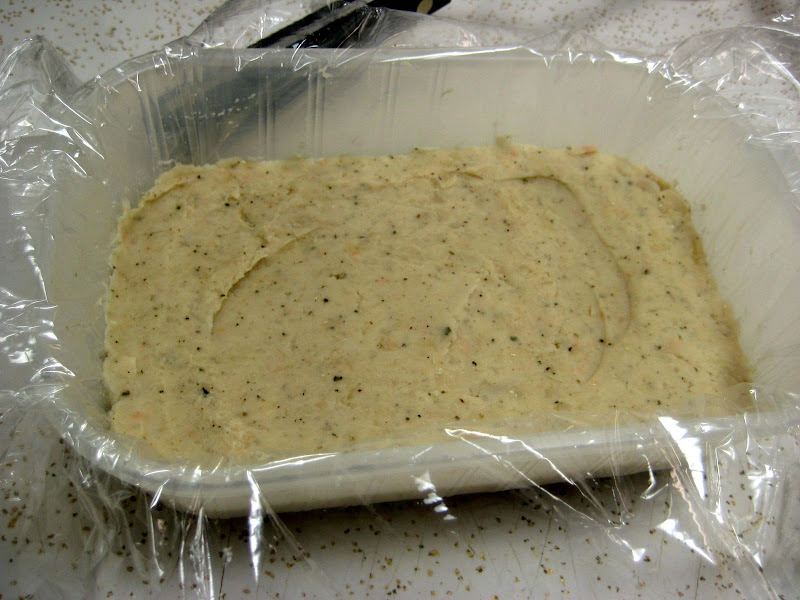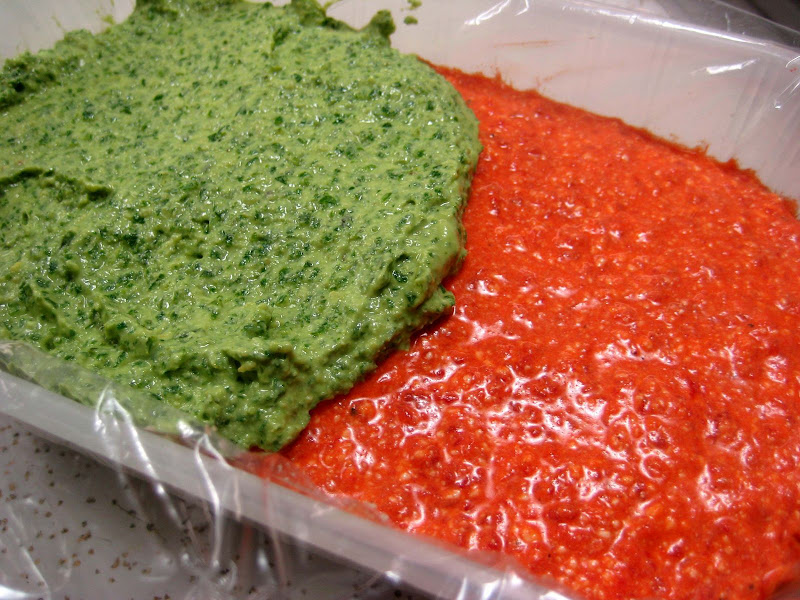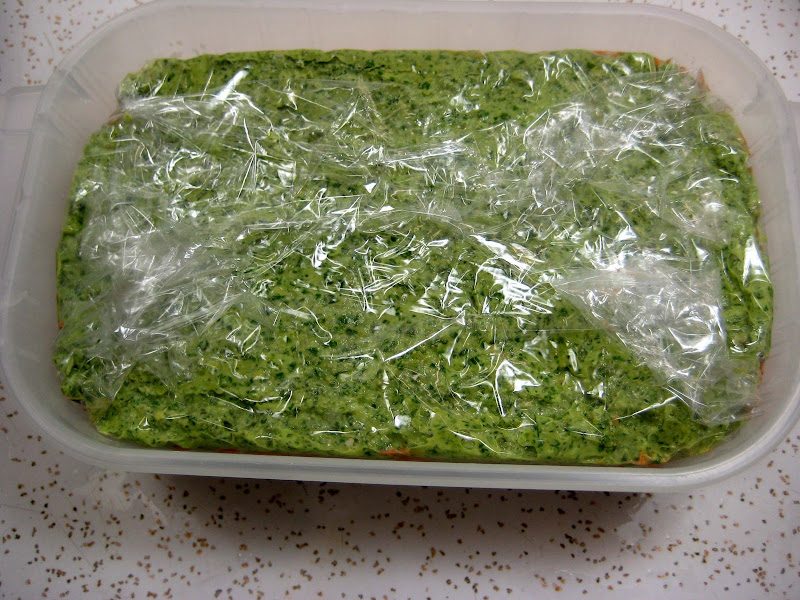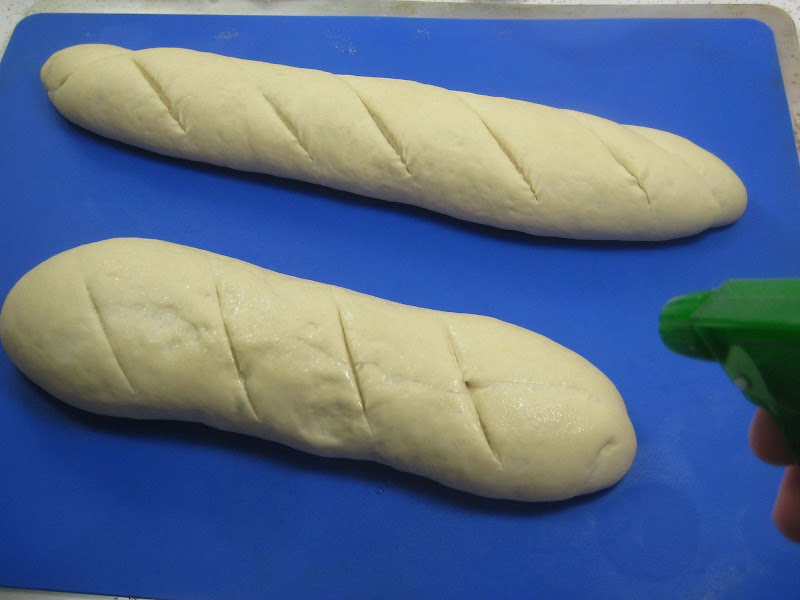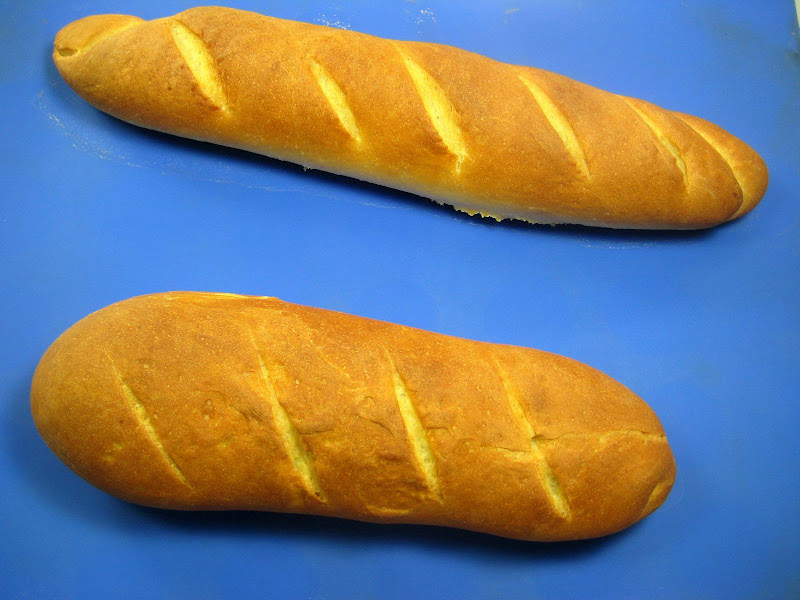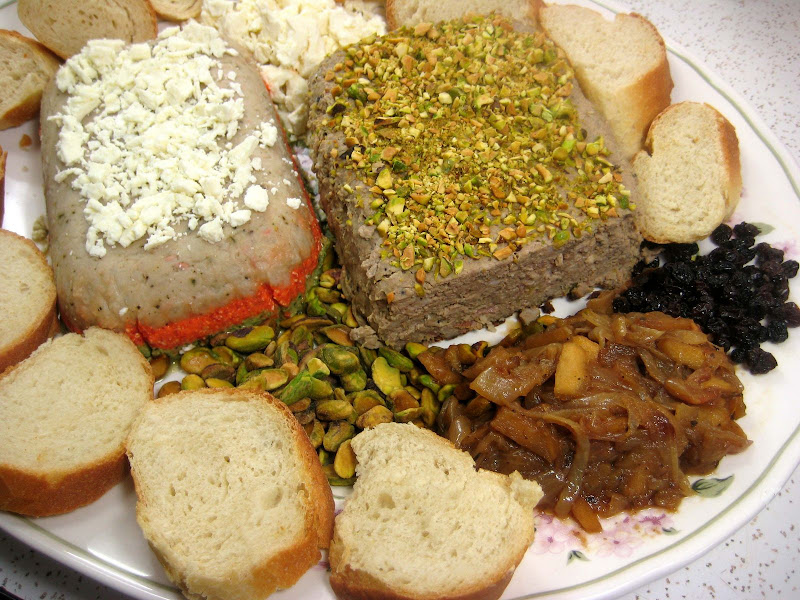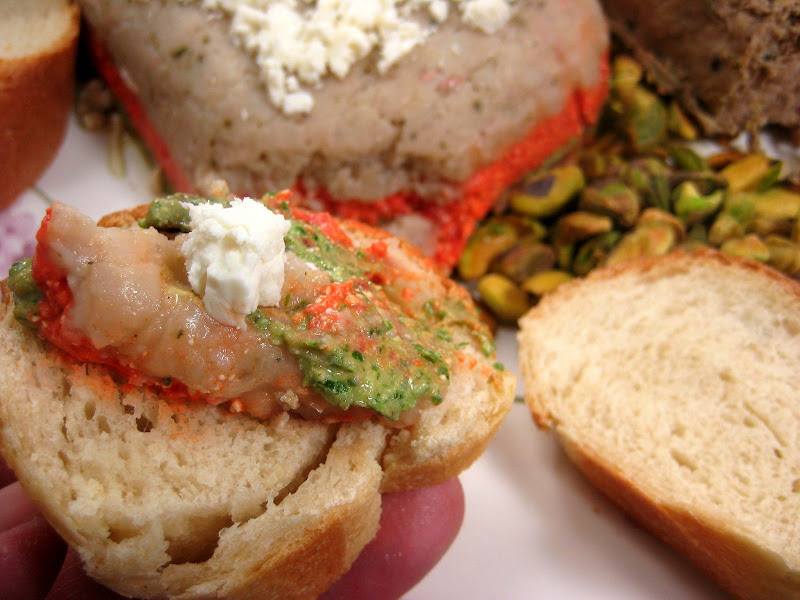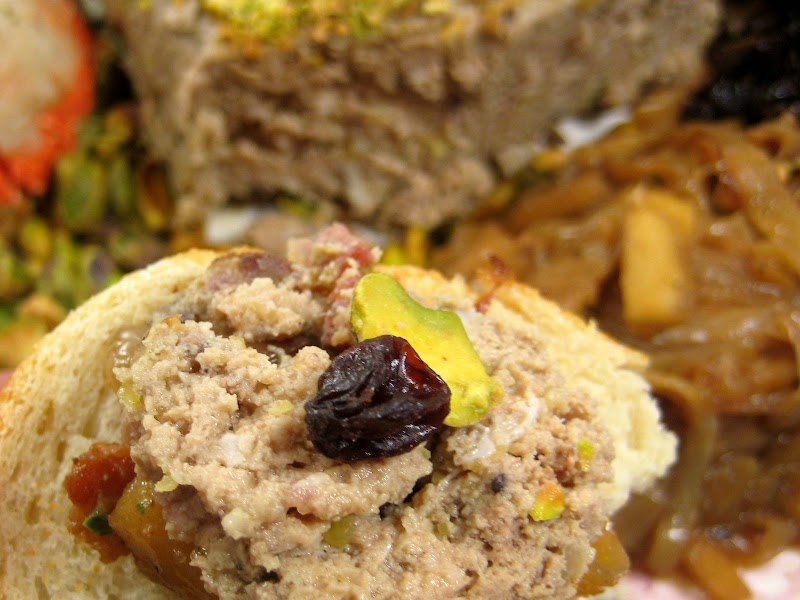
Dawn Nyman from Doable and Delicious owns and operates a recreational cooking school in St. Petersburg, Florida. This is a dessert she made in a French Chocolate class which was very well received by all in attendance.
The challenge is primarily based on a recipe from Chocolate Epiphany by Francois Payard and is called Chocolate Pavlovas with Chocolate Mascarpone Mousse.
Recipe Source: Chocolate Epiphany by Francois Payard
Mandatory items: The recipe is comprised of three parts, four if you include the crème anglaise. You must make the chocolate pavlovas, the mascarpone mousse and the mascarpone cream using the recipes provided.
[My comments in red: I've tried making meringues cookies in the past and they've never dried out as I wanted.]
Recipe 1: Chocolate Meringue (for the chocolate Pavlova):
3 large egg whites
½ cup plus 1 tbsp (110 grams) white granulated sugar [I used superfine sugar]
¼ cup (30 grams) confectioner’s (icing) sugar
1/3 cup (30 grams) cocoa powder
Directions:
1. Place a rack in the center of the oven and preheat to 200º F (95º C) degrees. Line two baking sheets with silpat or parchment and set aside.
2. Put the egg whites in a bowl and whip until soft peaks form. Increase speed to high and gradually add granulated sugar about 1 tbsp at a time until stiff peaks form. (The whites should be firm but moist.)
[Egg whites whipped to soft peaks. Time to add the superfine sugar.]

3. Sift the confectioner’s sugar and cocoa powder over the egg whites and fold the dry ingredients into the white. (This looks like it will not happen. Fold gently and it will eventually come together.)
[Sifting in the powdered sugar and cocoa powder.]
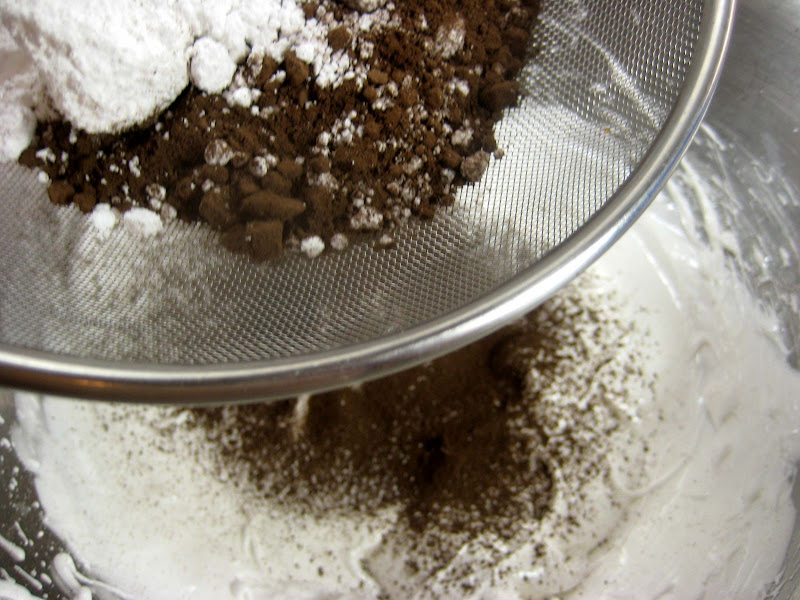
[Egg whites ready for piping.]

4. Fill a pastry bag with the meringue. Pipe the meringue into whatever shapes you desire. Alternatively, you could just free form your shapes and level them a bit with the back of a spoon. (Class made rounds, hearts, diamonds and an attempt at a clover was made!)
[Piped different shapes - circles, hearts, squares, clovers, dots and a daisy.]

5. Bake for 2-3 hours until the meringues become dry and crisp. Cool and store in an airtight container for up to 3 days.
[Actually backed 4 hours. I went shopping which took longer than expected. The meringues came out nice and dry.]

Recipe 2: Chocolate Mascarpone Mousse (for the top of the Pavlova base):
1 ½ cups (355 mls) heavy cream (cream with a milk fat content of between 36 and 40 percent)
grated zest of 1 average sized lemon
9 ounces (255 grams) 72% chocolate, chopped
1 2/3 cups (390 mls) mascarpone
pinch of nutmeg
2 tbsp (30 mls) Grand Marnier (or orange juice)
Directions:
1. Put ½ cup (120 mls) of the heavy cream and the lemon zest in a saucepan over medium high heat. Once warm, add the chocolate and whisk until melted and smooth. Transfer the mixture to a bowl and let sit at room temperature until cool.
[Making the ganache/melting the chocolate.]

2. Place the mascarpone, the remaining cup of cream and nutmeg in a bowl. Whip on low for a minute until the mascarpone is loose. Add the Grand Marnier and whip on medium speed until it holds soft peaks. (DO NOT OVERBEAT AS THE MASCARPONE WILL BREAK.)
[Lightening the mascarpone with the heavy cream.]

3. Mix about ¼ of the mascarpone mixture into the chocolate to lighten. Fold in the remaining mascarpone until well incorporated. Fill a pastry bag with the mousse. Again, you could just free form mousse on top of the pavlova.
[Combining the mascarpone mixture into the chocolate ganache.]

[The finished mousse.]

Recipe 3: Crème Anglaise (a component of the Mascarpone Cream below):
1 cup (235 mls) whole milk
1 cup (235 mls) heavy cream
1 vanilla bean, split or 1 tsp pure vanilla extract
6 large egg yolks
6 tbsp (75 grams) sugar
Directions:
1. In a bowl, whisk together the egg yolks and sugar until the mixture turns pale yellow.
2. Combine the milk, cream and vanilla in a saucepan over medium high heat, bringing the mixture to a boil. Take off the heat.
3. Pour about ½ cup of the hot liquid into the yolk mixture, whisking constantly to keep from making scrambled eggs. Pour the yolk mixture into the pan with the remaining cream mixture and put the heat back on medium. Stir constantly with a wooden spoon until the mixture thickens enough to lightly coat the back of a wooden spoon. DO NOT OVERCOOK.
4. Remove the mixture from the heat and strain it through a fine mesh sieve into a bowl. Cover and refrigerate until the mixture is thoroughly chilled, about 2 hours or overnight.
Recipe 4: Mascarpone Cream (for drizzling):
1 recipe crème anglaise
½ cup (120 mls) mascarpone
2 tbsp (30 mls) Sambucca (optional) [I used rum instead of Sambucca]
½ cup (120 mls) heavy cream
Directions:
1. Prepare the crème anglaise. Slowly whisk in the mascarpone and the Sambucca and let the mixture cool. Put the cream in a bowl and beat with electric mixer until very soft peaks are formed. Fold the cream into the mascarpone mixture.
[Combining the heavy cream and the creme anglaise.]

Assembly:
Pipe the mousse onto the pavlovas and drizzle with the mascarpone cream over the top. Dust with confectioner’s sugar and fresh fruit if desired.
[I wanted to keep the shape of the daisy visible so I poured a layer of mascarpone cream on the bottom of the plate and piped on the chocolate mousse.]

[Added a little mascarpone cream into the center of the daisy and topped with a blackberry.]

[Another plate - with a heart.]

Considering all the heavy cream, sugar and chocolate, this dessert turned out to be lighter than I expected and not overly sweet.
